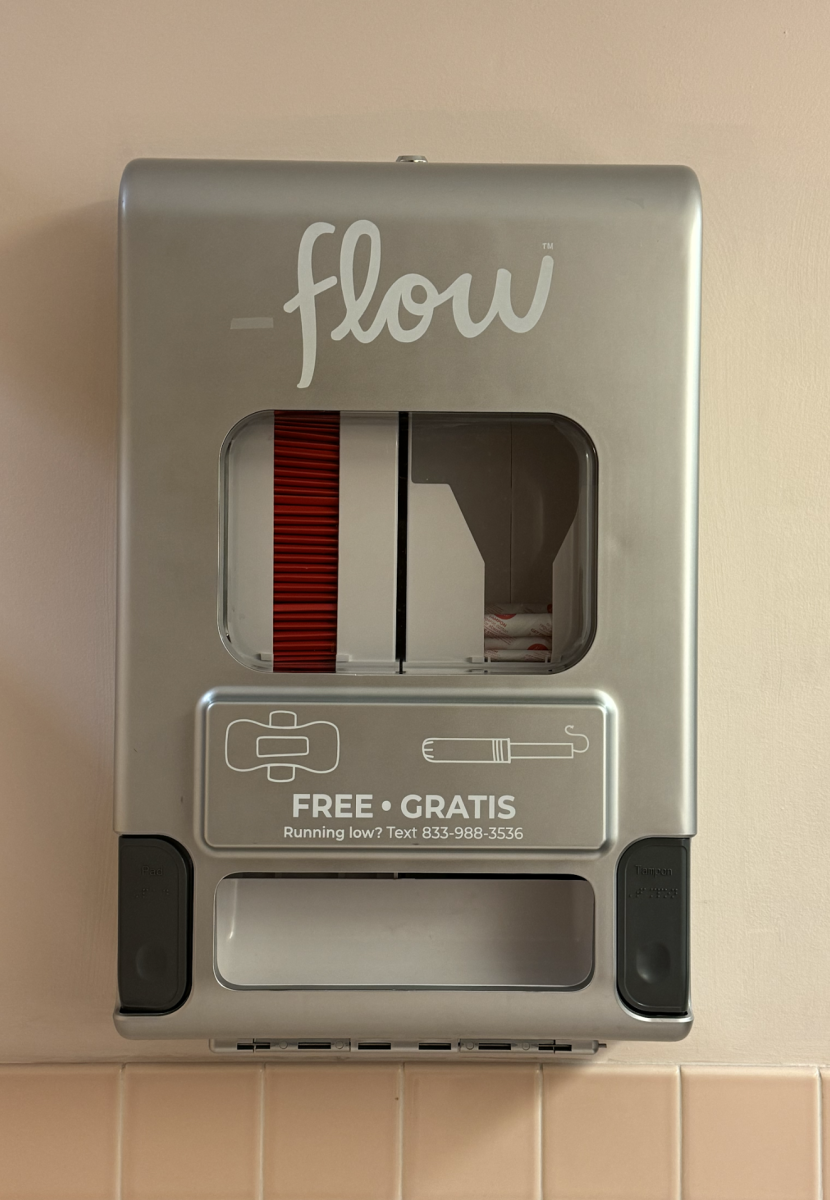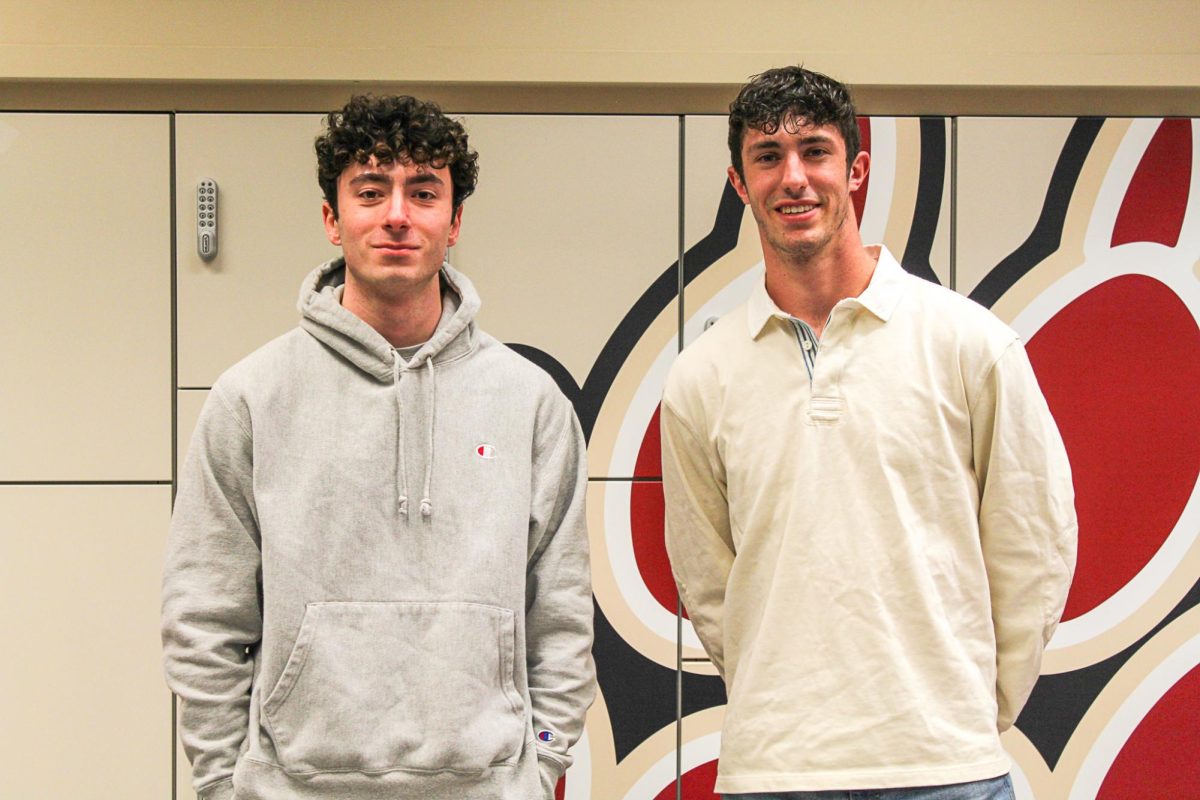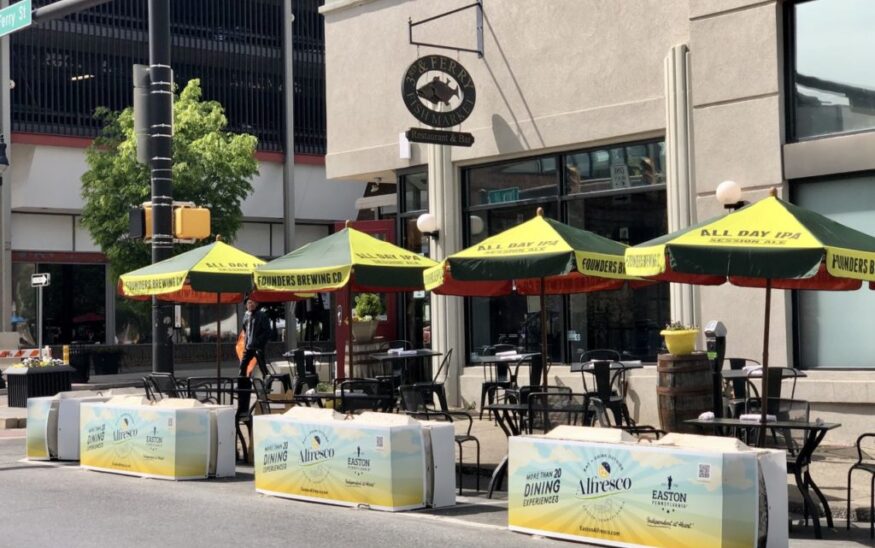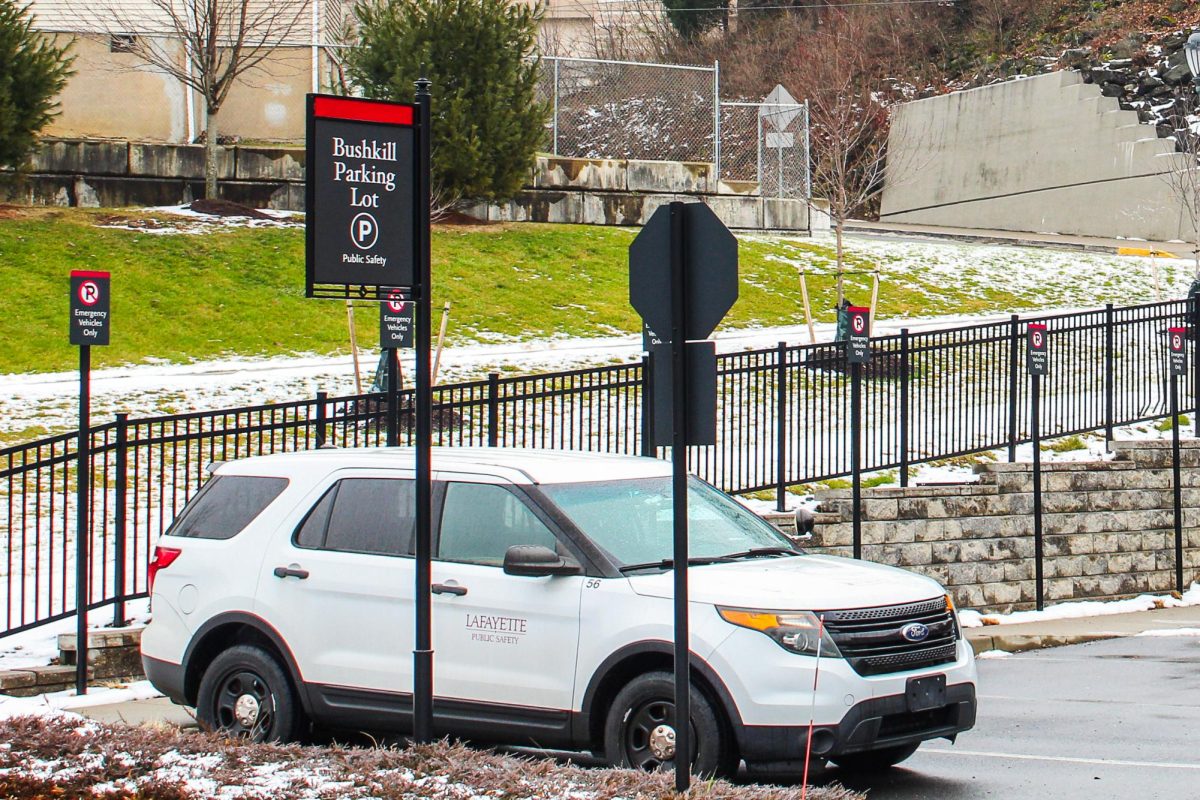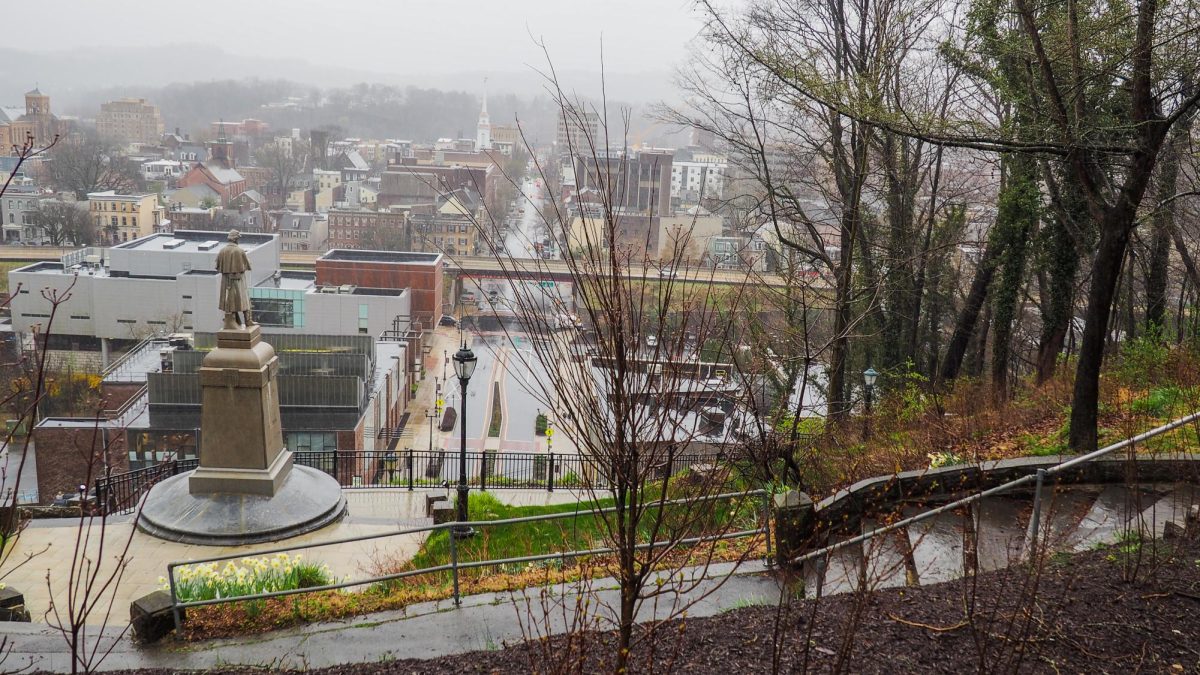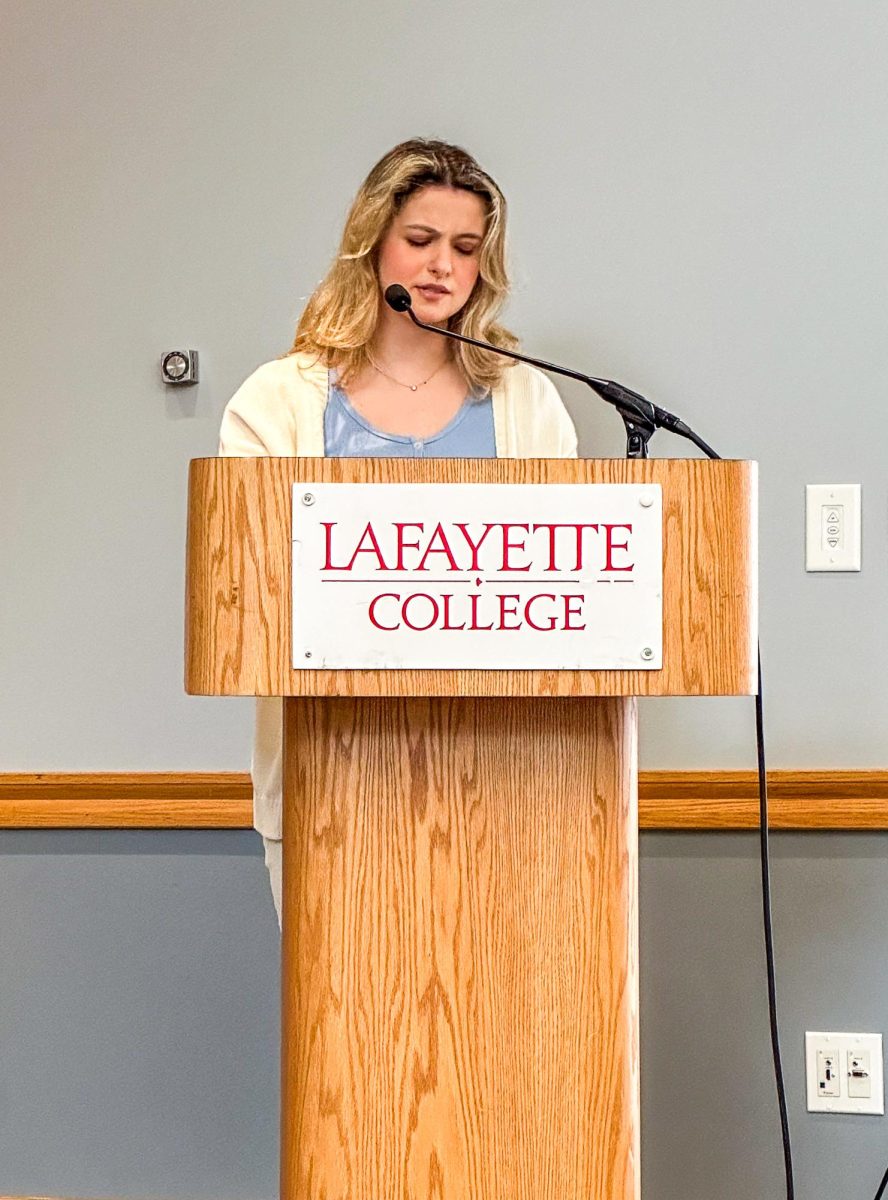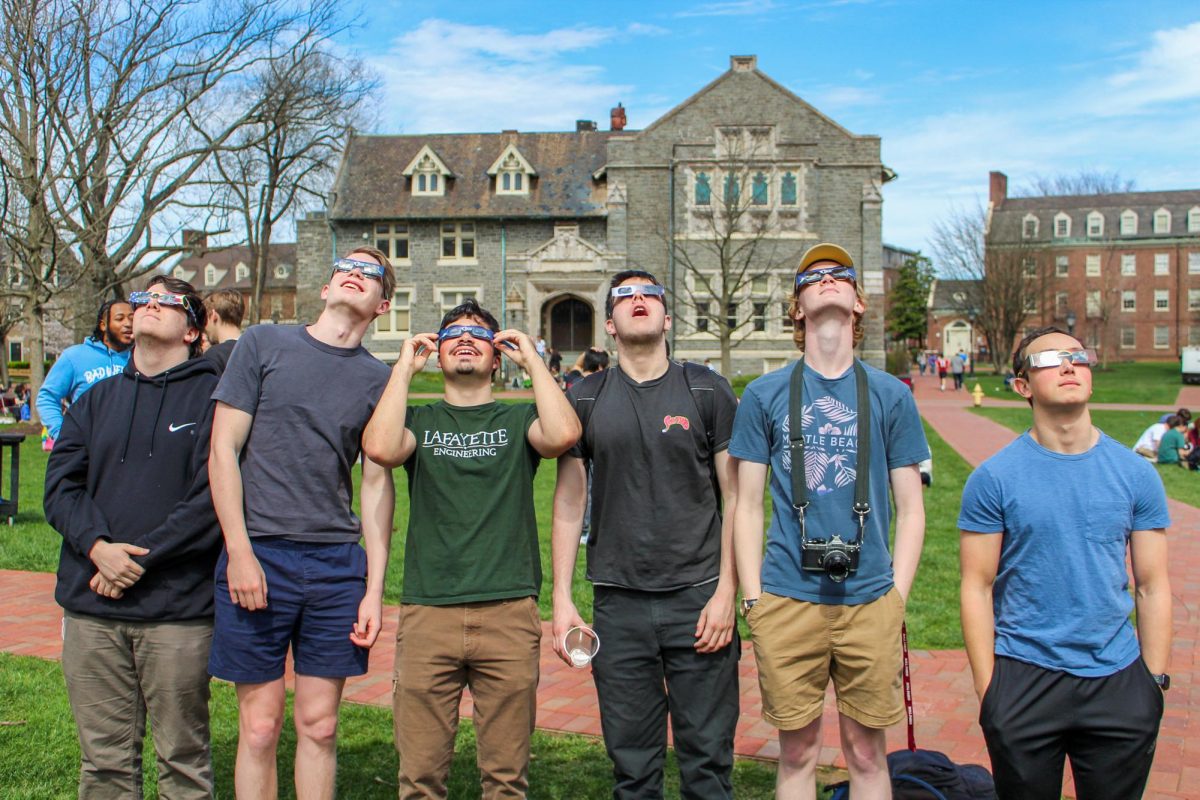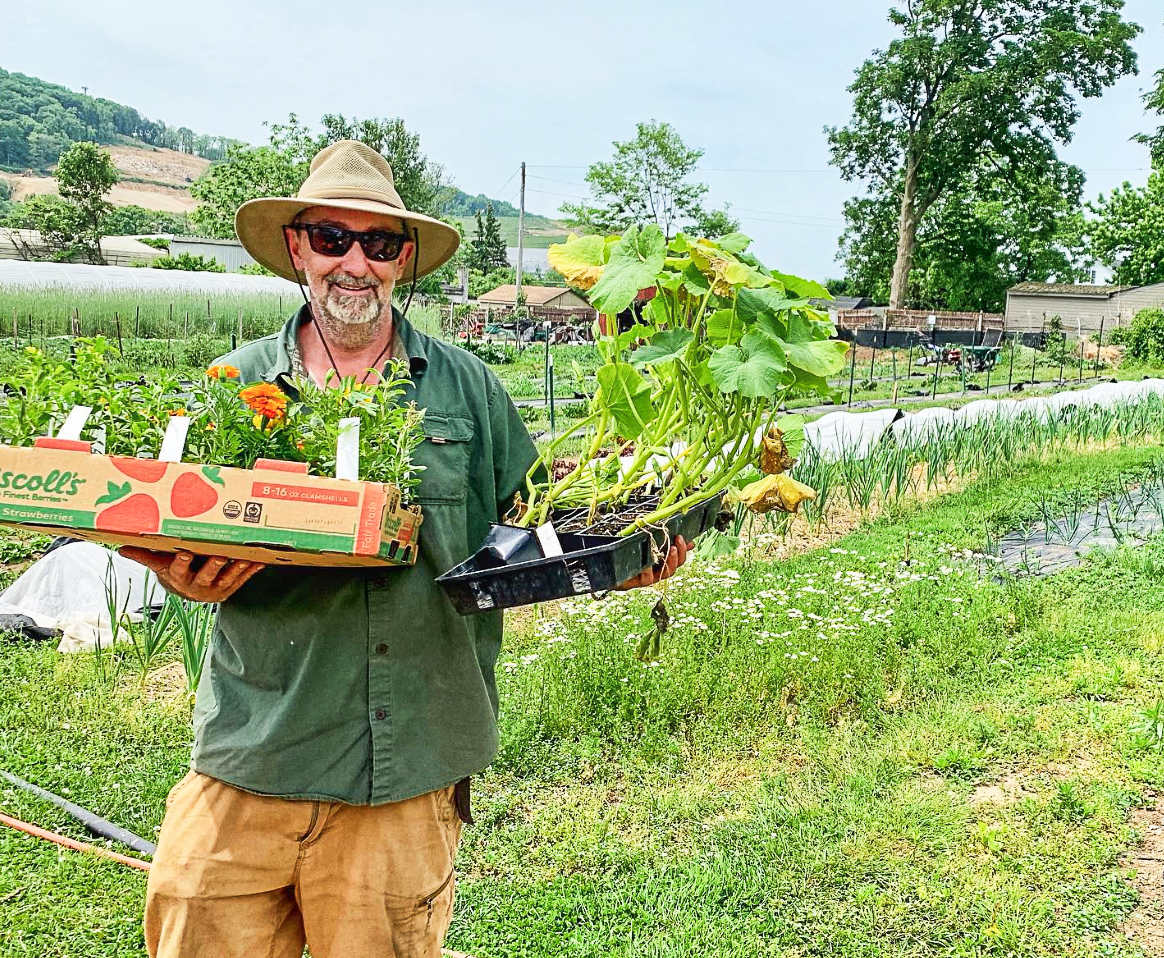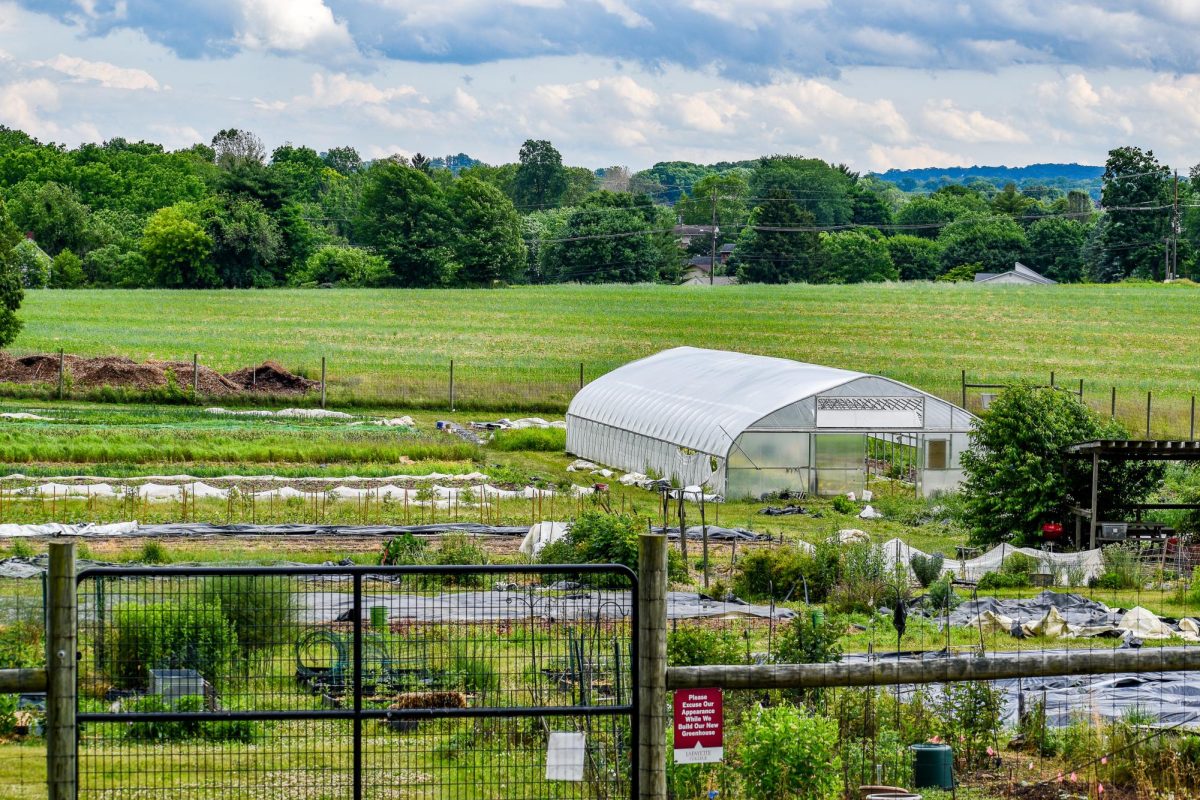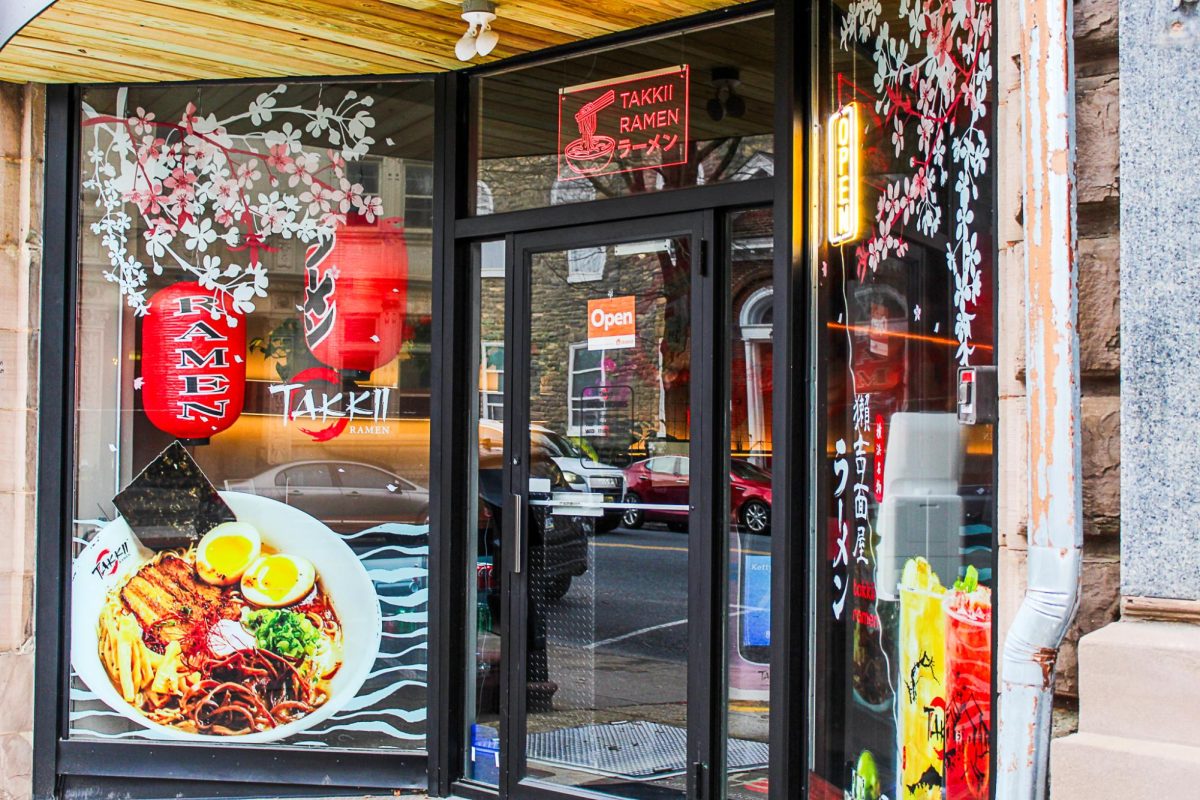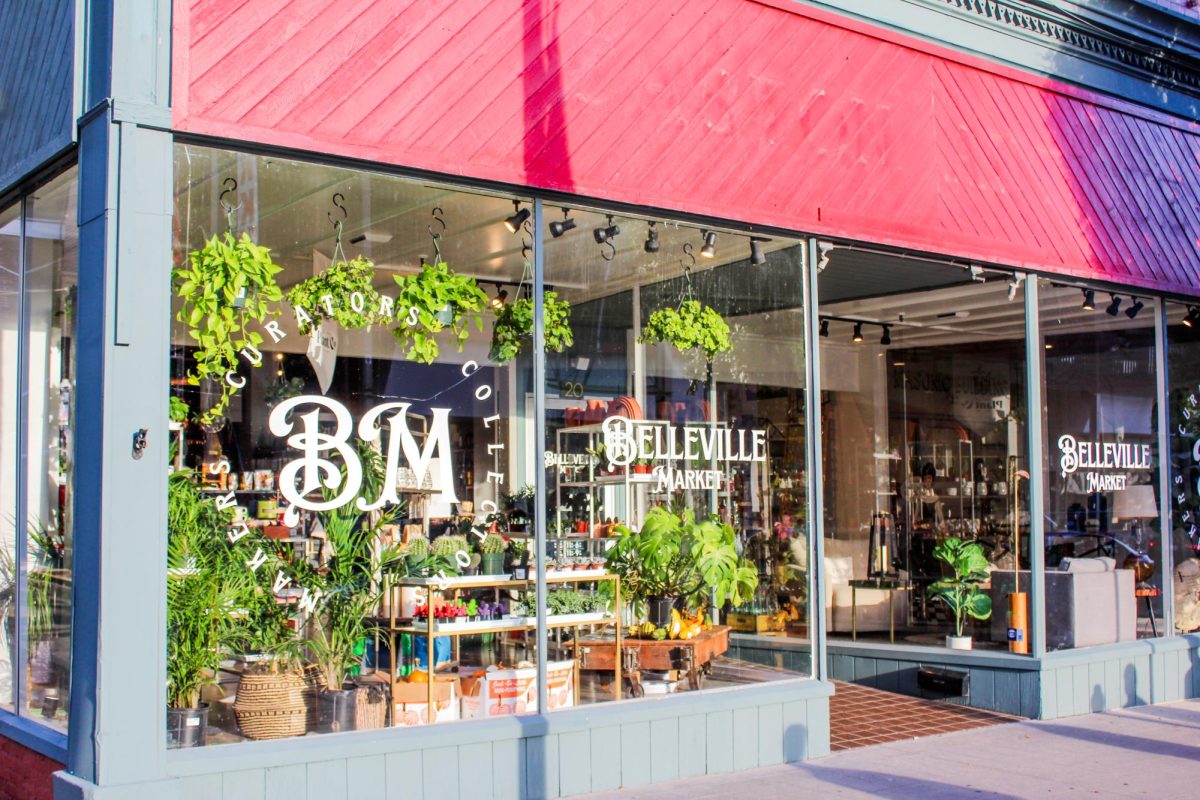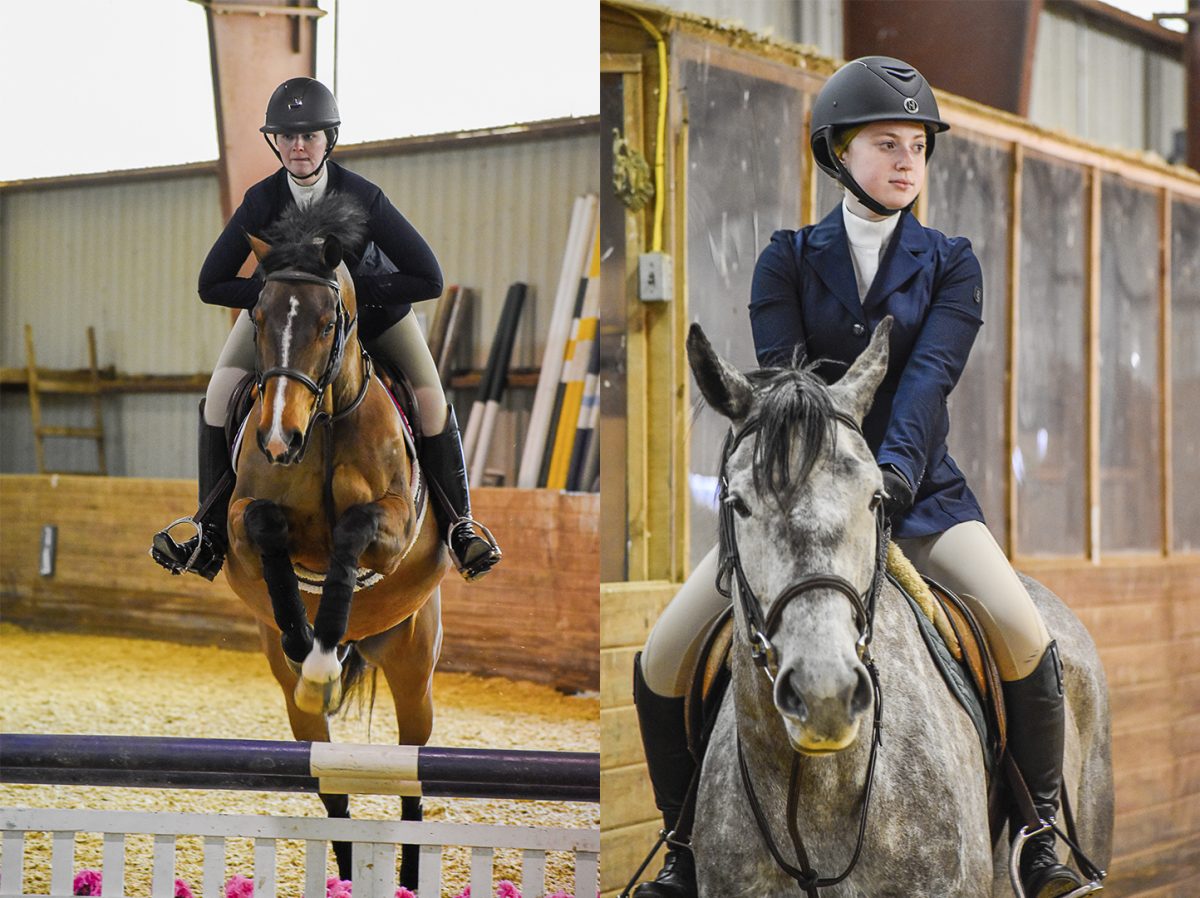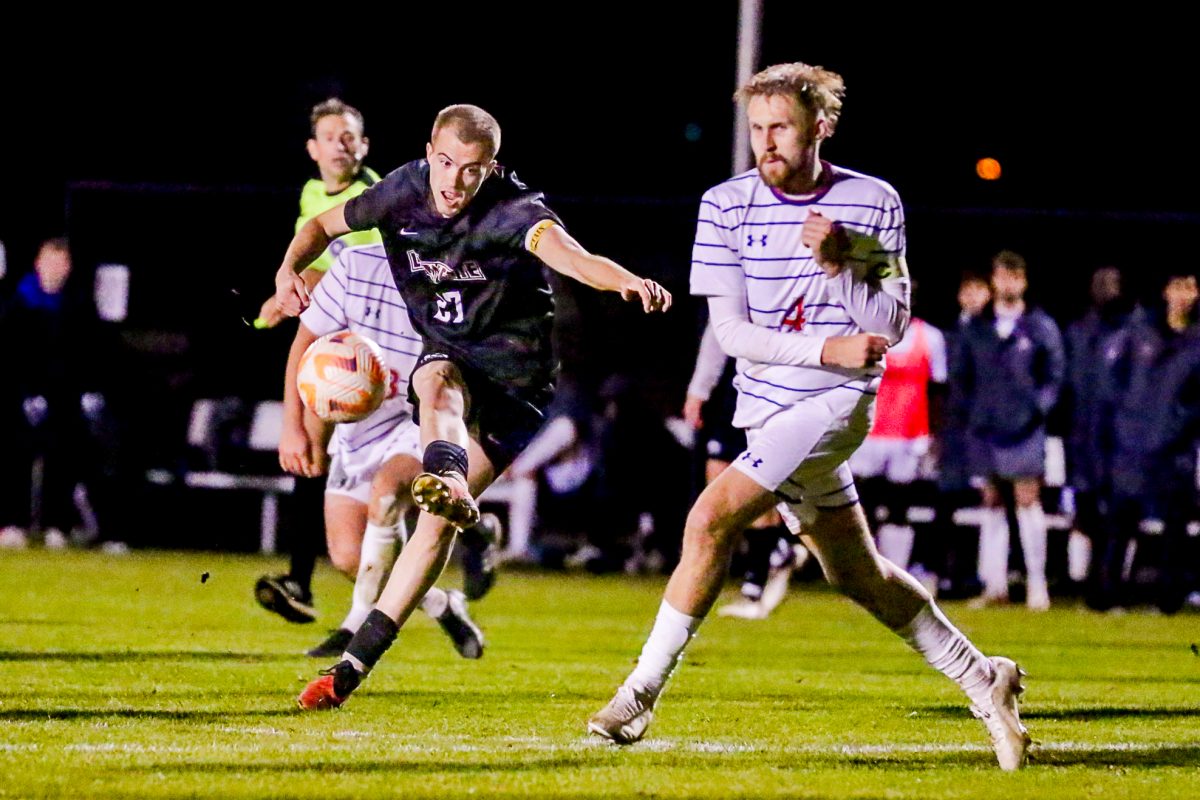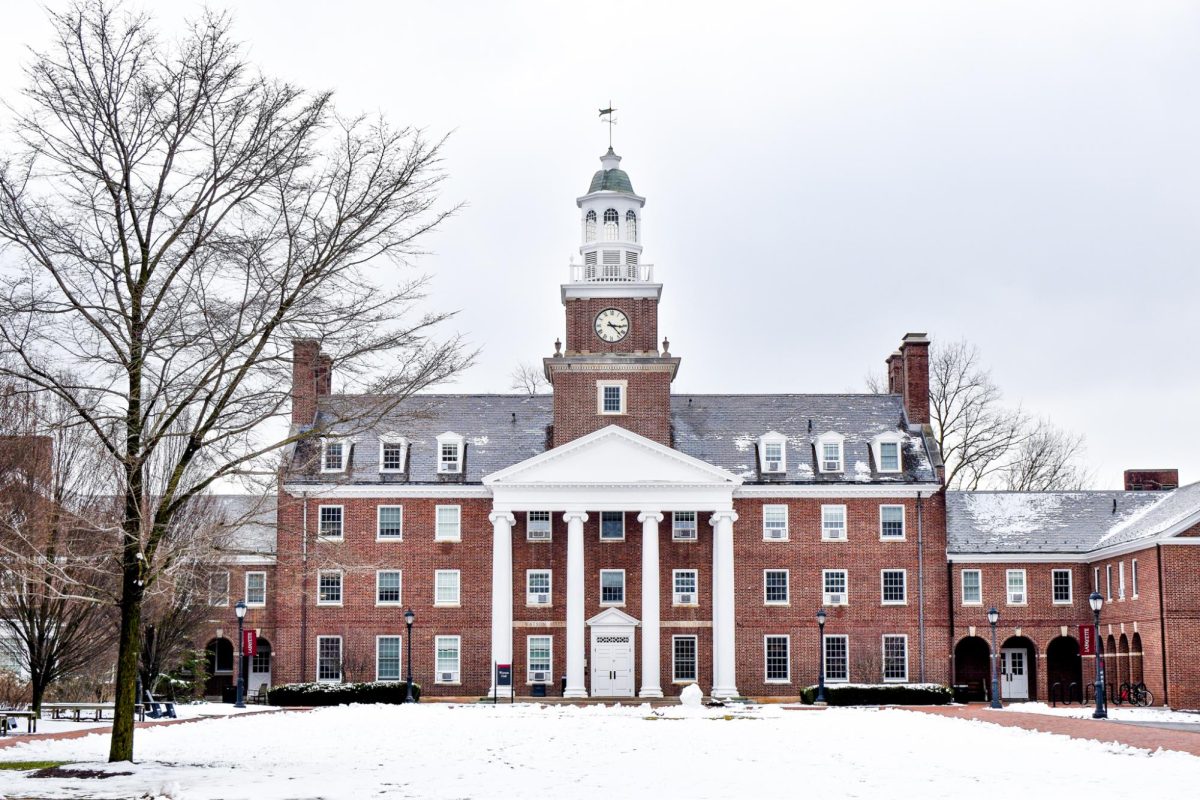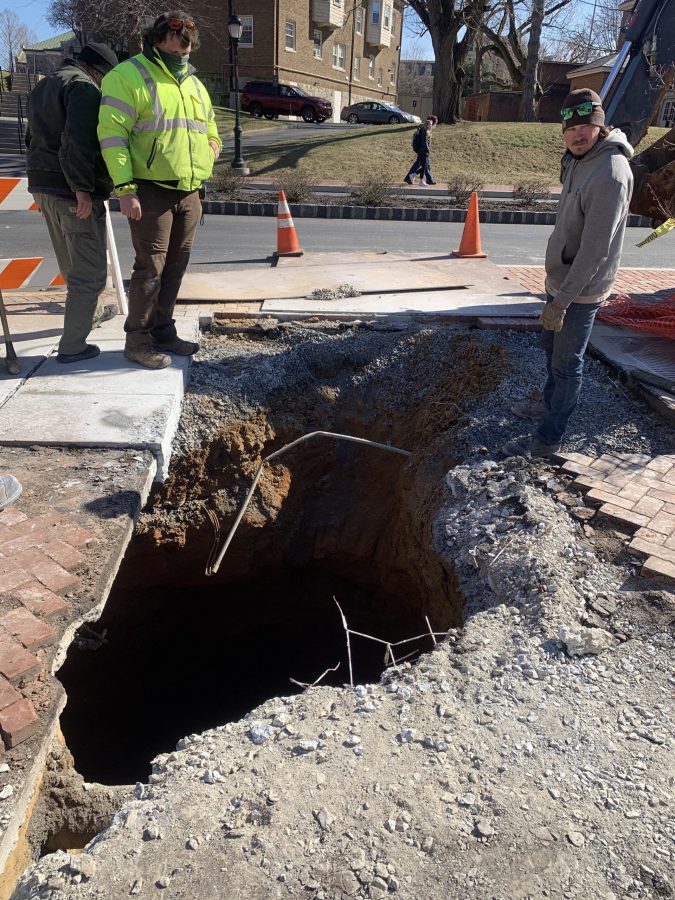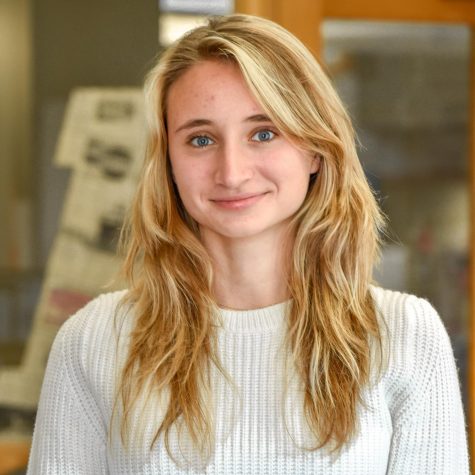Last week, a grounds crew was doing standard maintenance outside the Williams Arts Center when they noticed the ground under their feet sounded hollow. Upon investigation, they discovered what lay underneath: a sinkhole, 12 feet deep, about 10 feet long and three feet wide, narrowing to a point on each end.
“[The grounds crew] immediately called me and we investigated, and it did indeed sound hollow,” Scott Kennedy, Director of Facilities Operations, said. “[They] could have opened it up accidentally.”
The sinkhole was assessed last Monday by geotechnical engineers from Pennoni Associates, Inc. The sinkhole was opened, and they determined a course of action to remediate the problem before securing the hole with steel plates for the evening, Kennedy explained.
On Tuesday, all loose material that fell into the sinkhole was removed and the ground was compacted, and the following day 16 cubic yards of high flow concrete was installed about halfway up the hole to avoid covering the pipes in the area.
“[Wednesday] they’re installing stone…so the hole will be filled,” Kennedy said. “[Today] we hope to finish with concrete on the top and replace the sidewalk they had to cut out, and then they’ll reinstall the bricks.”
Geology Professor and Acting Department Head Dru Germanoski, explained that a common misconception of sinkholes is they form suddenly due to an influx of water dissolving rock. The Allentown formation which underlies campus is composed of mostly dolomite with some limestone. Although these rocks do dissolve at a faster rate than other types, water moves through fractures in these rocks over millennia.
“As the water is moving through the bedding planes and the fractures, it dissolves them and becomes a positive feedback mechanism where you get more water flow, that can dissolve the rock, a bit more and more water flow because now you’ve increased the size of the opening,” Germanoski explained.
Sometimes pipelines underground can have cracks or breaks that exacerbate the problem, which is common in cities and towns in the Lehigh Valley and other carbonate terrains, Germanoski explained. However, the sinkhole on campus is much smaller than ones often caused or made worse by pipeline breaks.
The geotechnical engineers were not able to pinpoint the cause of this sinkhole because there is no active water break in that area.
“The assumption is erosion over time…there’s a little bit of staining underneath one pipe, so they’re going to go in and re-cement and secure that, that could have been a slow leak over years,” Kennedy said. “We’re going to camera all the storm lines around Williams, make sure there’s no cracks and breaks and storm piping, and they’re also going to do some ground-penetrating radar to make sure there are no other voids in that area.”
Kennedy added that they do not expect to find any other voids around Williams because when they poured concrete in to begin filling the sinkhole, it would have drained into another cavity.
“The concrete basically creates a giant plug for the bottom of that sinkhole. So, if there is an opening somewhere, that should block it,” Kennedy said.
Germanoski noted that there has been a handful of sinkholes on campus since he started working at Lafayette in 1987.
“We had one between Van Wickle and Colton chapel, there are a couple that comes to mind. Actually, a couple of different ones on the quad and they have been able to handle them,” Germanoski said. “They repaired them, and they’ve remained stable.”


